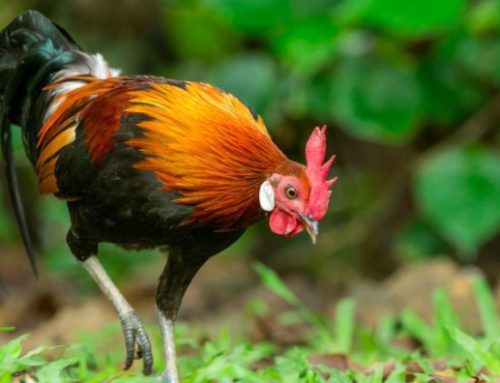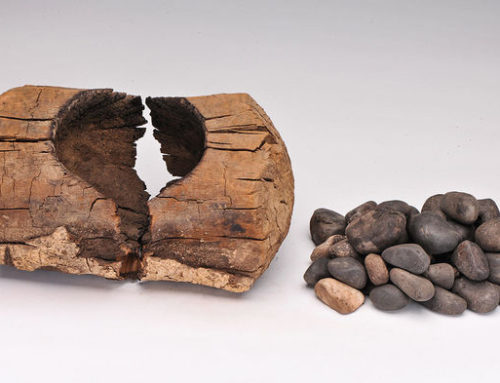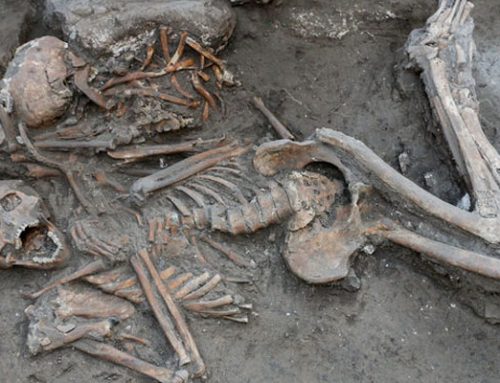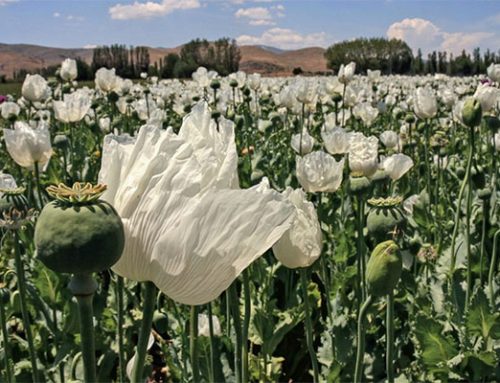ARCHAEOLOGY IN CHINA:
If you said rice was the most important grain in ancient China, you’d be wrong, according to some archaeologists, who believe lowly millet served as the staple grain that allowed Chinese civilization to flourish in ancient times.
What was the most important grain in ancient China? If you said rice, you’d be wrong, according to some archaeologists. It was lowly millet that served as the staple grain that allowed Chinese civilization to flourish in ancient times, says archaeologist Gary Crawford of the University of Toronto, Mississauga, in Canada. “Millet was the principal crop that supported town life,” he says. Although rice began to be domesticated in the southeast by 7000 B.C.E. or even earlier, millet was grown all across China in the preurban era, from the north to the southeastern coast.
And whereas important goods and technologies like wheat, bronze, horses, and chariots all flowed from West to East starting some 4000 years ago, perhaps across China’s westernmost provinces (see main text), there is now intriguing evidence that millet traveled the other way. Some researchers say the grain was first domesticated in northern China as early as 8000 B.C.E. and made its way to the Black Sea region of Europe by 5000 B.C.E. If so, it would be a sign of far earlier and extensive connections—going both ways—across the vast Eurasian landmass.
Until this year, the earliest solid evidence of domesticated millet dated to about 6000 B.C.E. from a handful of sites in northern China. But in May, seed cases found at a northeastern site called Cishan in Hebei Province were dated to 8000 B.C.E., according to a paper in the Proceedings of the National Academy of Sciences by Houyuan Lu of the Institute of Geology and Geophysics in Beijing and colleagues.
That’s the oldest sign yet of this short-season crop, says Crawford, who backs the claim. But others are skeptical. The seed cases are domesticated millet, agrees Zhijun Zhao of the Institute of Archaeology in Beijing—but the dates are 2000 years older than the Cishan settlement itself, a 400-square-meter site with many storage pits, stone grinders, and sickles. Houyuan counters that his team’s dates, done with accelerator mass spectrometry analysis of carbon-14, are solid. “To confirm our results, we rechecked the stratigraphy and obtained additional C14 dates from a second C14 laboratory,” he says. “Previous archaeological excavations in Cishan might be incomplete.” Crawford agrees, noting that Cishan was dated back in the 1970s.
Whether the Cishan millet proves to be as old as supporters say, other sites in the region clearly show that millet was grown in significant quantities in northeastern China long before it appears around the Black Sea and in central Europe. Zhao and Crawford, for example, have dated millet at a northeastern Chinese site called Xinglonggou to approximately 5640 B.C.E. Early farmers in the region typically planted the crop on the fine and loose soil called loess, which may have been the home of millet’s still-unknown wild ancestor. The grain—which can be turned into flour, porridge, or beer—then spread across northern China. It was widely planted in the Yellow River region and as far southwest as the Chengdu plain, where it became an important staple by 4000 B.C.E.
Millet either diffused from China to Europe or was domesticated independently in each place. Archaeologist Martin Jones of the University of Cambridge in the United Kingdom suspects that the timing of millet’s appearance around the Black Sea is no coincidence. Millet can produce seeds quickly—in 45 to 60 days—and the most common variety can survive dry conditions that kill other grains like wheat. So although wheat must have been traded across the steppes, mountains, and deserts that separate China and the Near East, millet could have been passed along by farmers who took up its cultivation across central Asia. Early results from ongoing genetic studies suggest that Chinese and European millets are indeed related, Jones says cautiously. Next year, he hopes to go into the field in Kazakhstan and China’s northwest to find millet remains that might connect the dots between north China and the West. “It may seem like looking for a needle in the haystack,” says Jones, “but we’re going to track down these sites.”
Science 21 August 2009:
Vol. 325. no. 5943, pp. 942 – 943
DOI: 10.1126/science.325_942




